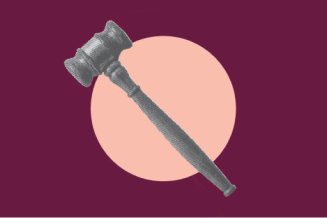Working for the ACLU on criminal justice policies, we are often asked to confront an array of legislative proposals aimed at getting “tough on crime” by doing things like making it easier to try children as adults and increasing the use of mandatory minimum sentences. While certainly tough-sounding, these policies do very little to actually reduce crime, other than fill our prisons to the point where the U.S. stands as the global leader in incarceration (PDF). No gold medal comes with this title.
While what doesn’t work is painfully obvious, the question of what does work must also be addressed. I recently came across two very good articles that shed some light on exactly what positive criminal justice policy results from (you know, what actually works as opposed to just sounding tough) and the answers may surprise you.
The first is an article in the October edition of In These Times magazine titled “No Jobs Make Mean Streets,” which traces the increase in violence, in particular gun violence, that accompanies job losses and economic decline in urban areas around the country. The second is an article from the Las Vegas Review-Journal titled “Superintendent, Sheriff Link Low Graduation Rates, Crime.” This article describes the low graduation rates of certain school districts in Nevada and the potential connection to increased levels of criminal activity. This paragraph grabbed my attention:
Improving graduation rates by just a little might save lives, Gillespie said. He referred to a 2004 study by University of California, Berkeley economist Enrico Moretti and Canadian economist Lance Lochner, whose research found that a 10 percentage point increase in graduation rates would reduce the murder and assault rate by 20 percent.
Show me any so-called “get tough” policy that has led to a 20 percent drop in violent crime.
It’s the simple things — providing good job and educational opportunities — that really get to the heart of reducing crime. Not only that, it actually helps to make for stronger communities. Talk about getting two for the price of one!


